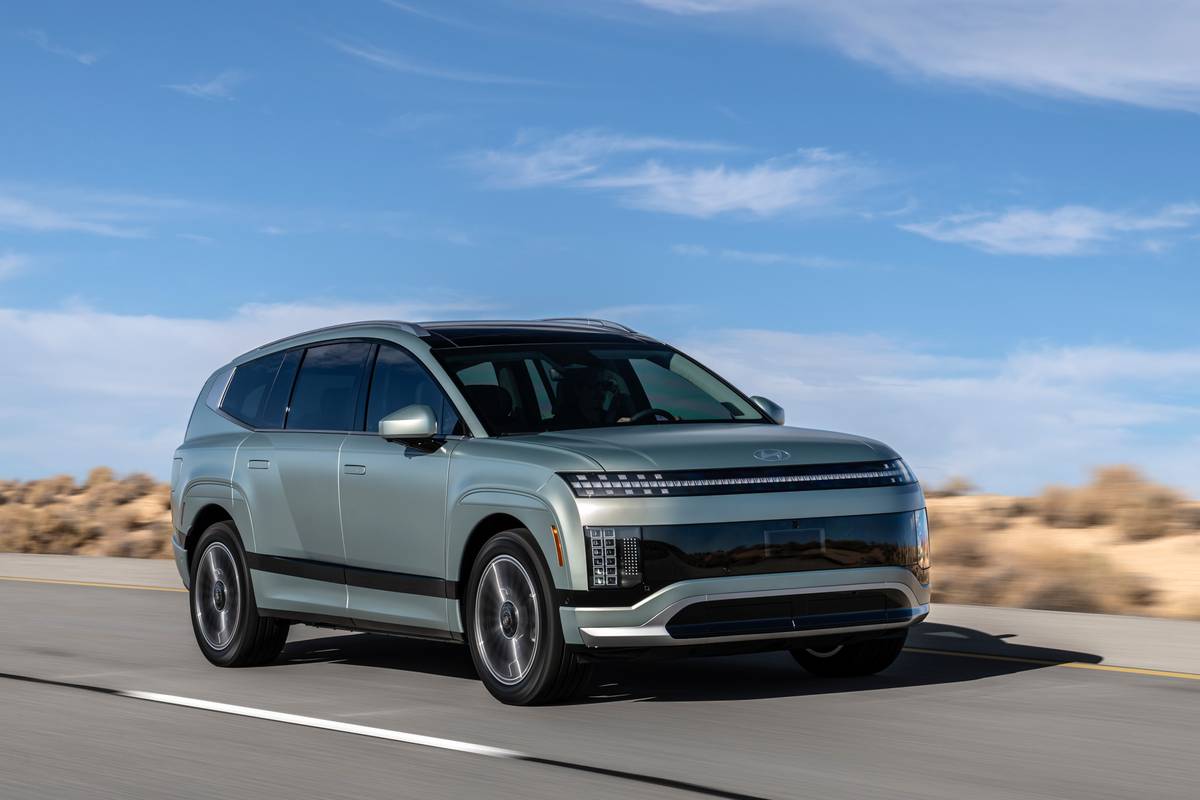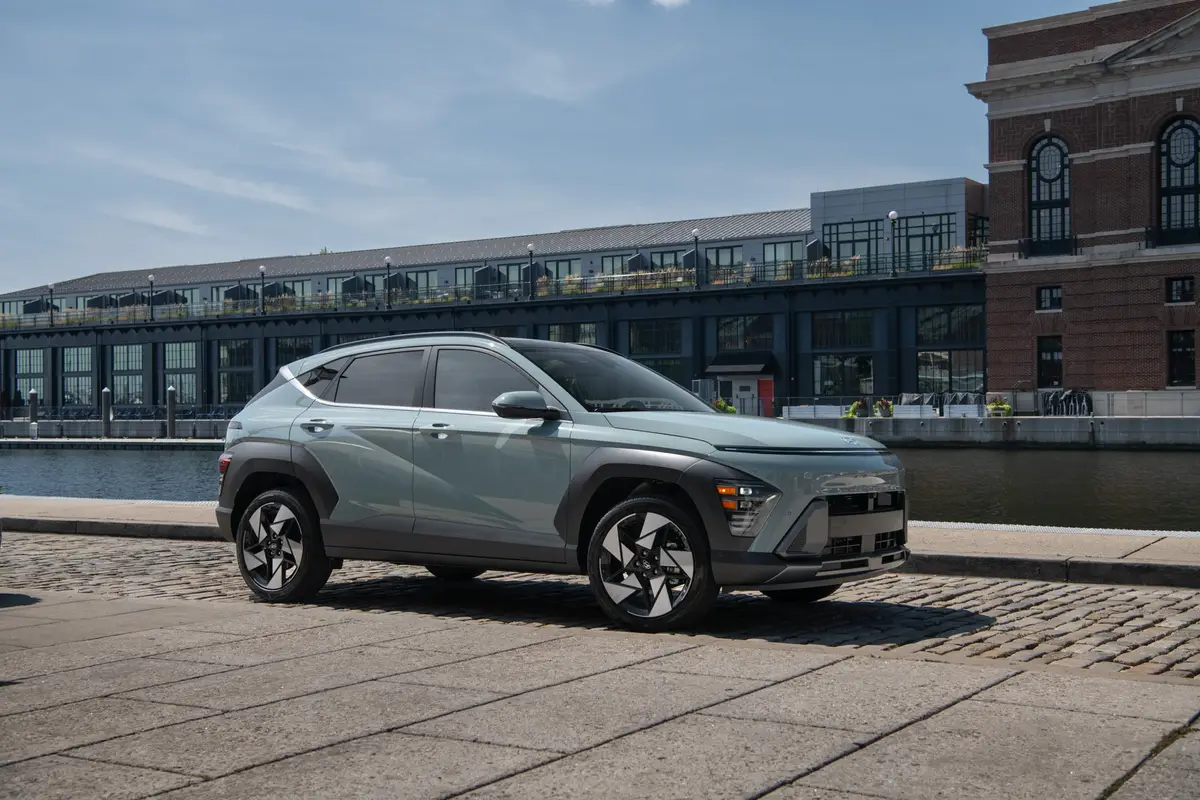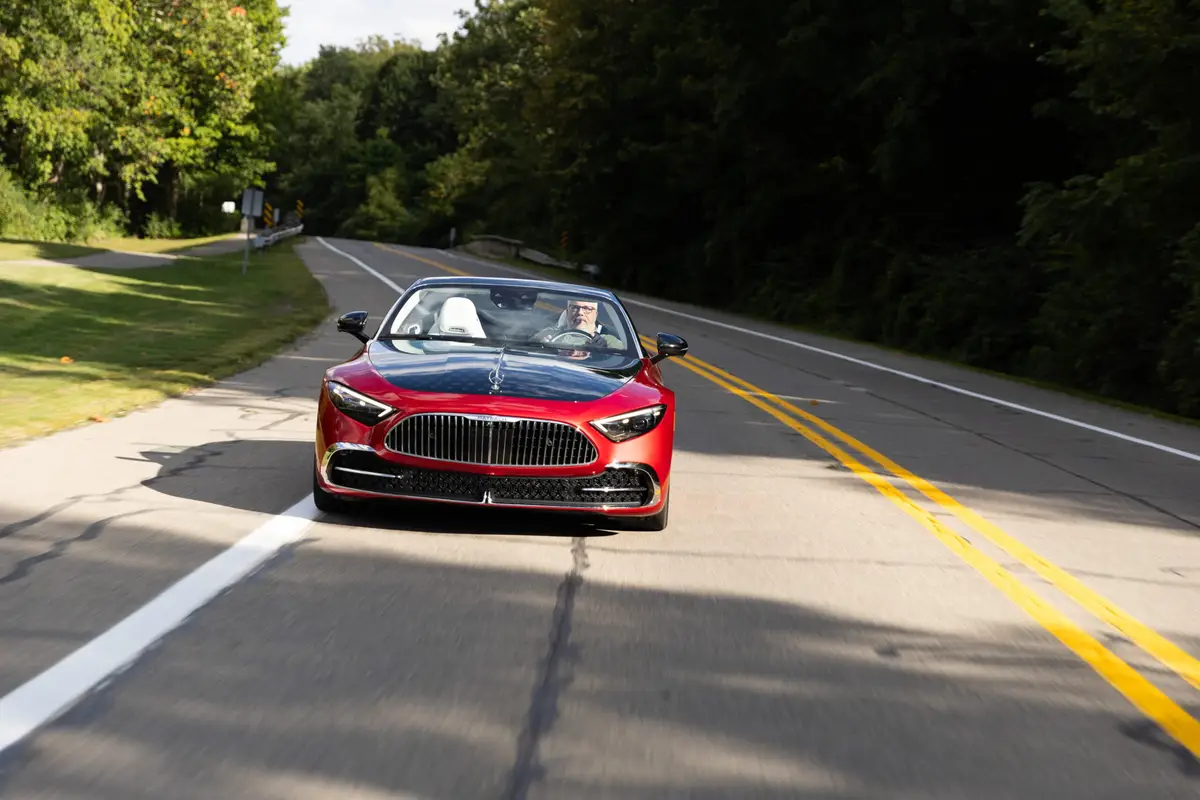washingtonpost.com's view
Small, fuel-efficient cars have been market losers for years, motorized proof that the Environmental Protection Agency has been out of step with the citizens it is supposed to protect.
The best of those gas sippers would make the EPA’s top-10 list for fuel economy — only to finish last in the sales race. Trucks and big cars, fuel guzzlers all, finished first.
But Honda Motor Co. has a car that could change that. Please welcome the 2000 Honda Insight gasoline-electric hybrid coupe. It is not the perfect solution to mobile-source pollution. Nor is it, in its current form, an automobile that will appeal to everyone.
But the Insight is a great big step in the right direction. It could become the car of the future.
This is not idle speculation.
The Insight hits where other alternatively powered cars miss. It has range. If driven with strict attention to optimum shift points, it can get 70 miles per gallon, according to Honda executives and engineers. That means a possible 742-mile range with the Insight’s 10.6-gallon fuel tank. And, hey, 87-octane gasoline is okay.
Of course, few of us drive with religious adherence to optimum shift points, indicated on many cars by lights on the instrument panel. I totally ignored the shift points, preferring to work the five-speed manual lever with feel and rhythm, as I usually do. I averaged 53 miles per gallon.
But the happy thing about the Insight is that it is as much a sprinter as it is a sipper. Credit here goes to the magic of Honda’s Integrated Motor Assist (IMA) system, which mates a 1-liter, 73-horsepower 3-cylinder gasoline engine with a super-compact permanent-magnet electric motor.
The motor is powered by a 144-volt nickel-metal-hydride battery pack. The battery is recharged through regenerative braking. No outside power source is needed.
The gas engine and electric motor work together during acceleration to supply a delightfully surprising amount of torque. The Insight zips! Zingg! Made me smile.
Body geometry and weight also contribute to that performance. Visually, the two-door, two-seat Insight is an odd piece with its wedge nose, bug-eyed headlights, extremely tapered side panels and wide rear. But all of that sculpture helps it to move easily through the wind. Narrow, low-rolling-resistance tires help, as does the aluminum Insight’s body weight of 1,856 pounds.
The upshot is that the Insight requires “approximately 30 percent less power to operate at highway speeds than a conventional automobile of similar size, such as the Honda Civic,” according to Honda officials.
Let me tell you. The Insight arrived in my driveway along with a 2000 Chevrolet Corvette sports coupe. I love Corvettes. They’re big, powerful, sexy, fast and politically incorrect. But I drove this Corvette only once — when I moved it to get to the Insight.
Nuts & Bolts
2000 Honda Insight Praise: Despite its deficiencies, the Insight is such overall fun to drive, it is bound to win converts to hybrid gasoline-electric technology, which, by the way, is not a new concept. One of the first gasoline-electric hybrids was the 1916 Woods Dual Power coupe.
Layout: Front engine, front drive with electric power assist.
Power-sharing arrangement: Gasoline engine and electric motor work together during acceleration. Gas engine powers steady-state cruising. During braking, the electric motor acts as a generator to recharge the battery pack. During idling, with clutch disengaged and gear in “neutral,” the engine is shut off to conserve fuel and reduce emissions. The system is restarted by engaging the clutch and shifting to first gear.
Engine: The Insight is equipped with 12-valve, in-line 1-liter three-cylinder engine that develops 73 horsepower at 5,700 rpm and 91 pound-feet of torque at 2,000 rpm.
Battery pack: Nickel me tal hydride, 144 volts (120 cells at 1.2 volts each). Rated capacity is 6.5 amp hours.
Price: Base price is $18,880. Dealer invoice price on base model is $17,439. Price as tested is $20,440, including $1,200 for the air conditioner and a $440 transportation charge. Price does not include taxes and fees — or the tendency of some dealers to charge premiums.
Purse-strings note: With flaws and all, this is a breakthrough vehicle. Compare with the soon-to-be-introduced (in the United States) Toyota Prius hybrid gas-electric.
Latest news



